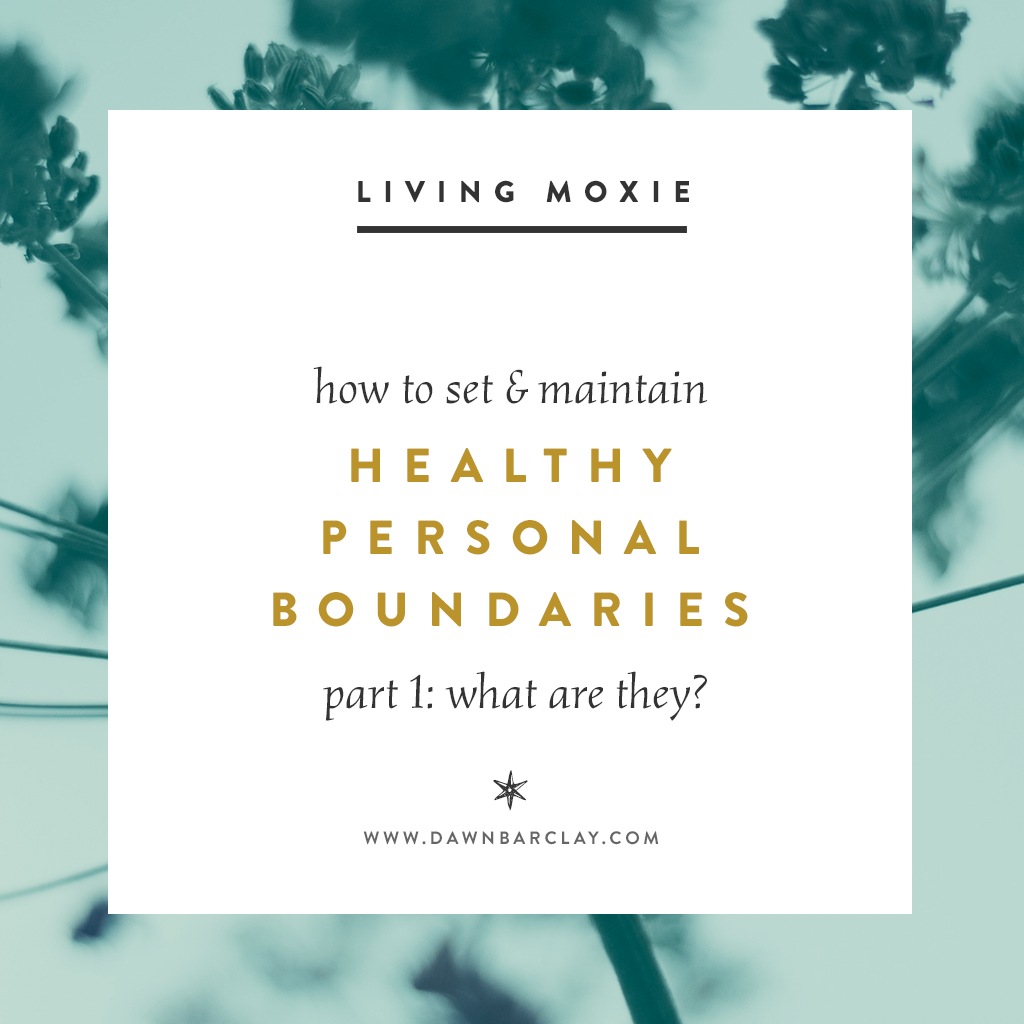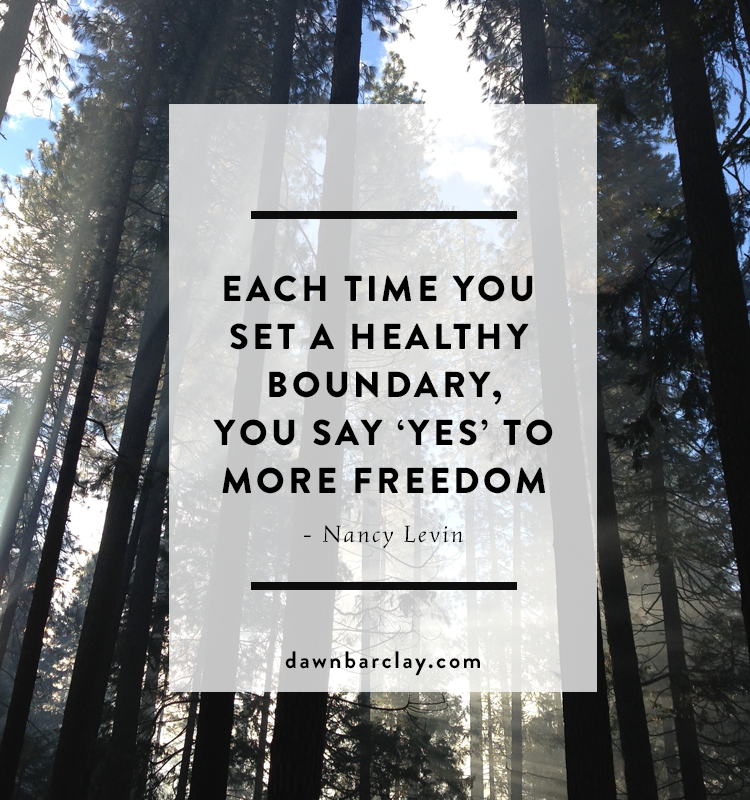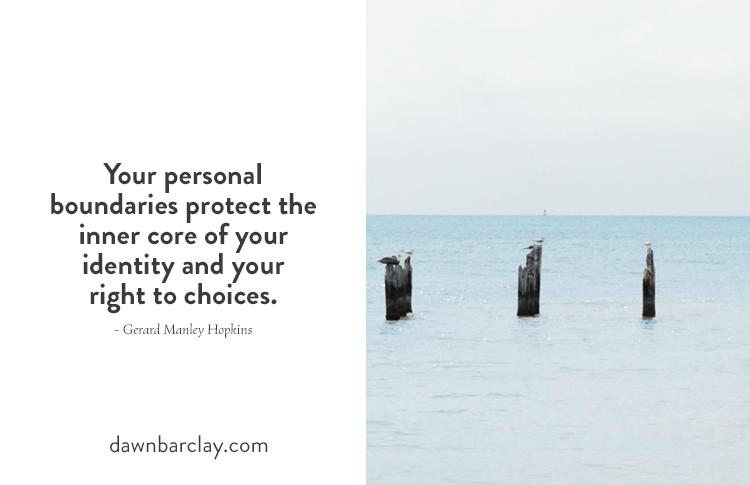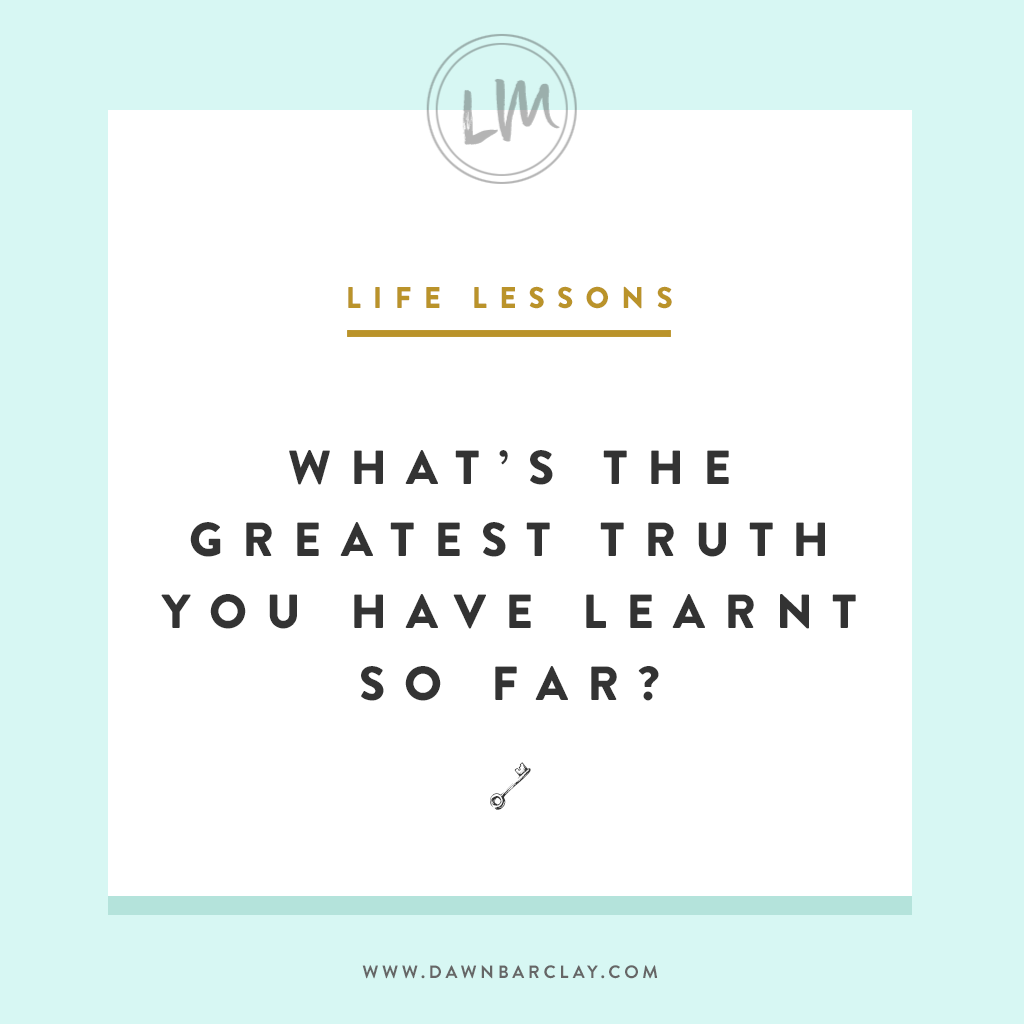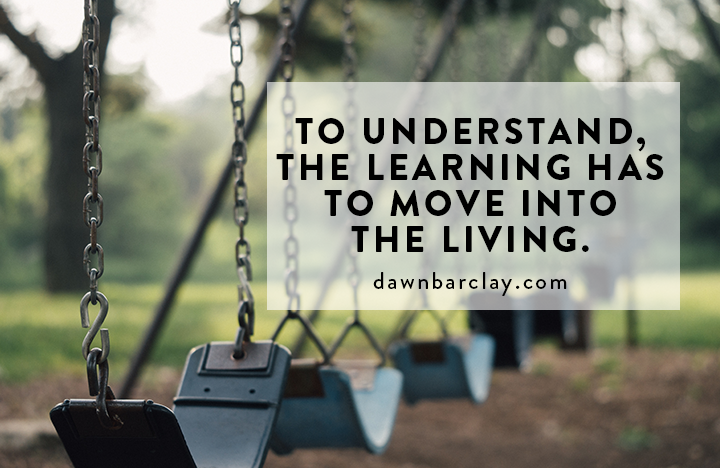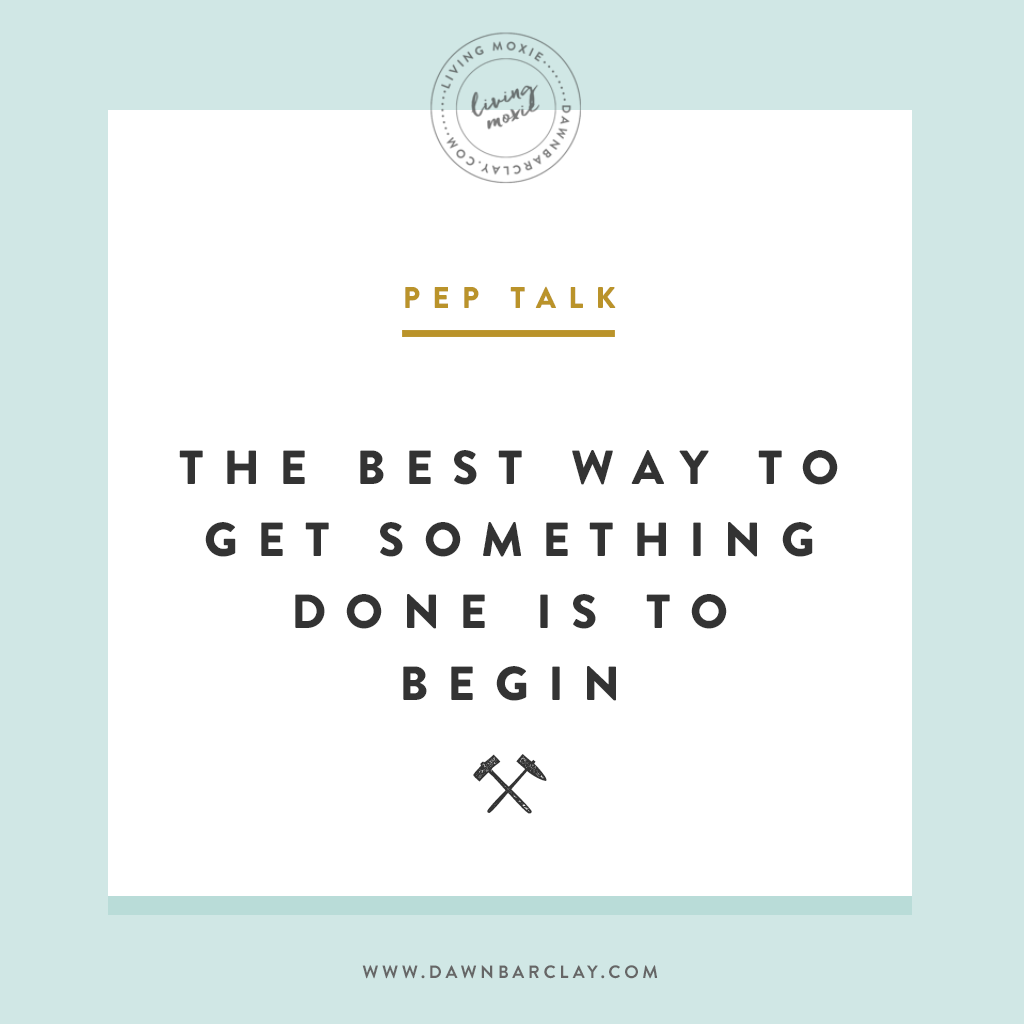 I’d been avoiding the greenhouse. Partly because I couldn’t get in for all the junk that’s been collected since last summer.
I’d been avoiding the greenhouse. Partly because I couldn’t get in for all the junk that’s been collected since last summer.
Greenhouses aren’t on this earth to be clean. As well as – in mine – old pots, snail nibbled paper, cobwebs, spiders, no longer shiny new gardening tools, they also have bugs, slugs and other Jurassic looking tiny creatures stomping about willy-nilly.
Today a friend came over and with the delight and squeals as a kid on Christmas morning she declared, ‘Let’s Do It! Then we can have a grow-off’! A grow-off is similar to a bake-off but with vegetable seeds, not cake. Yes, we made it up.
6 hours later we were done. I have a greenhouse which is still dirty, but it’s tidy and fit for purpose for another year. Rubbish is gone. Everything in a handy place. Seeds are planted.
In life, especially in periods of growth and change, we tend to think that we have to have a massive mental clear out in order to find some peace and calm.
I don’t think that’s true.
We have to begin somewhere. Anywhere. But start we must. We may want to focus first at unpicking the limiting beliefs that are causing us the biggest hurdles. Once we start to change one area, everything else changes around it.
And hey, guess what, at times we do need and welcome the help of others.
Feck, we all need support. I would hate to think we are so wrapped up in ourselves we can’t ask for it, or worse, think we don’t need it.
Yes, the common wisdom is that the ‘best motivation is self-motivation’ – has that always worked for you? When some tasks seem so large and daunting I think it’s incredible loving to have someone to say or behave in a way that says, ‘Come on, let’s do it, I believe in you, let’s give it a go, shall we?’
- Who can you call today to ask for help?
- Who can you offer your help to tomorrow?
- What start are you stalling on? Begin.
